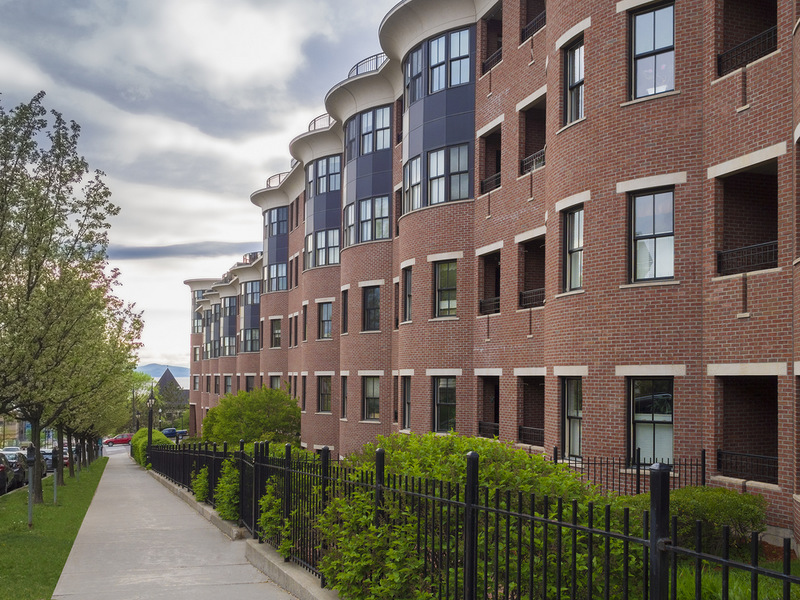LIHTC Update
Facing Tax Challenges
The Low Income Housing Tax Credit (LIHTC) program creates more than $8 billion per year to develop and rehabilitate affordable housing units. According to the United States Department of Housing and Urban Development, LIHTC is the most important resource for creating affordable housing in the United States today. More than 2.7 million affordable housing units […]



